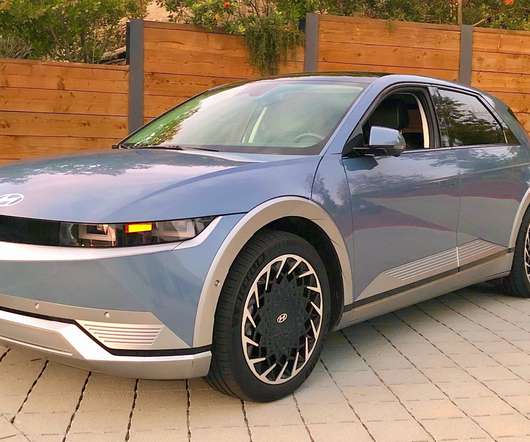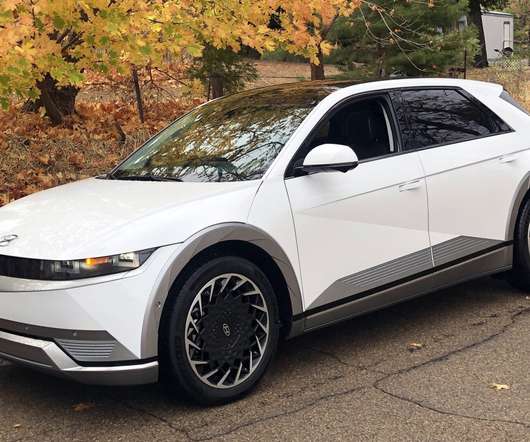Stanford’s GCEP awards $10.5M for research on renewable energy; solar cells, batteries, renewable fuels and bioenergy
Green Car Congress
OCTOBER 9, 2014
The Global Climate and Energy Project (GCEP) at Stanford University has awarded $10.5 million for seven research projects designed to advance a broad range of renewable energy technologies, including solar cells, batteries, renewable fuels and bioenergy. Photo-electrochemically rechargeable zinc-air batteries.


























Let's personalize your content